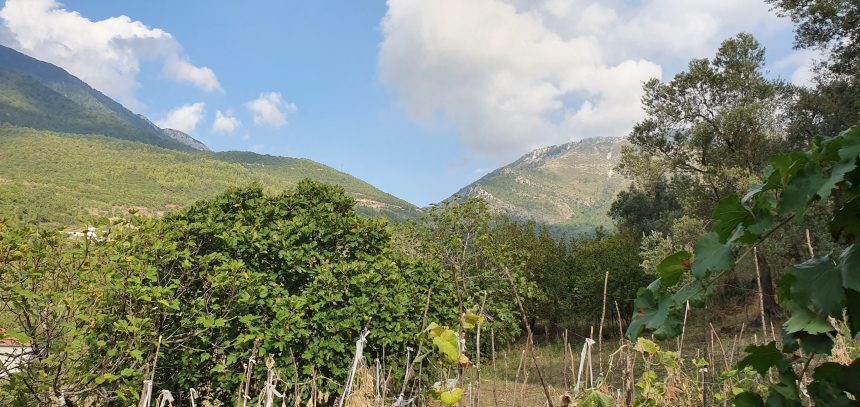I arrived in Albania in the afternoon coming from Montenegro, and I had lunch in the Shkodra area on the shores of the lake. The options for lunch were between grilled fish or grilled lamb meat!
Of course, I preferred the grilled fish, which is caught from the nearby lake of the restaurant, and the lunch was indeed delicious. With the sunset, I found myself in the center of the capital, Tirana, and headed straight to the hotel to spend two nights exploring the capital, which remained isolated from the world for 50 years during the era of the late communist leader Enver Hoxha.
I have always dreamed of visiting Tirana because it is a beautiful city with a rich history, nestled amidst the beautiful nature consisting of high mountains surrounded by water and trees. It also boasts archaeological sites that testify to its relationship with many countries, including Islamic and Christian relics, churches, and museums. Therefore, Tirana is one of the most beautiful cities in Albania.
Shkodra is characterized by its unique natural landscapes and archaeological sites in Albania. It is the first city I visited after crossing the border from Montenegro, and it is one of the most important cultural and historical centers in the Balkans region. It is also the gateway to visit the Albanian Alps and Lake Skadar, the largest in South Europe. The city is famous for its historical monuments and attractions, most notably the Rozafa Castle, which is distinguished by its romantic and dreamy views.
During my morning tour, I noticed that Tirana combines religious and cultural attractions as well as breathtaking natural landscapes. It includes many museums, mosques, and beautiful churches, and visitors can clearly see the Ottoman architecture and culture. One of the most famous parts of the city is Skanderbeg Square, while visitors can enjoy the longest cable car ride in the Balkans region, lasting 15 minutes to reach the beautiful Dajti Mountain and Park.
I also visited the resort of Durres, about 38 km west of the capital Tirana, to enjoy the stunning sea views and lively atmosphere. Durres is one of the largest and oldest cities and beach resorts on the Adriatic coast, and it is an important port in Albania. The city combines archaeological sites, museums, and beautiful beaches, and it includes many ancient Roman relics such as the “Roman Amphitheater,” one of the largest amphitheaters in the Balkans region, in addition to beaches that extend for tens of kilometers.
What caught my attention while wandering in the central area of Tirana is the Bunk’Art museum, which was built during the era of Enver Hoxha. It is an underground fortified shelter that served as the headquarters of the Albanian Ministry of Foreign Affairs during the communist era. I spent over two hours in Bunk’Art, which is a strong underground defense fortress, to understand the story of these defensive fortifications built by Hoxha. There are about 60,000 military bunkers underground distributed throughout Albania. According to the information I obtained, these bunkers cost the Albanian people their lives because they were built at the expense of their strength, and they suffered greatly from poverty and deprivation of all the essentials of decent life so that Hoxha could build bunkers to defend against any American or Soviet nuclear attack.
Source: Gulf Tourism News

